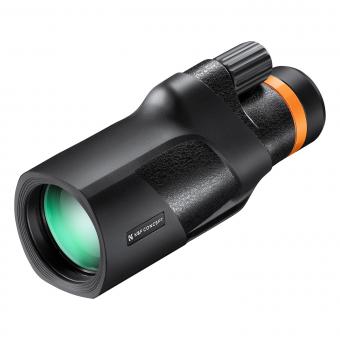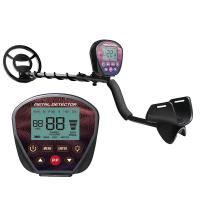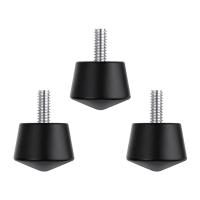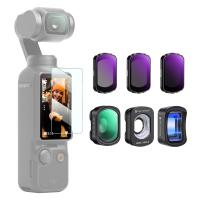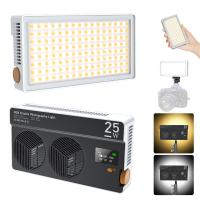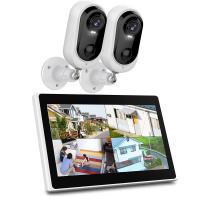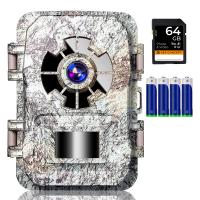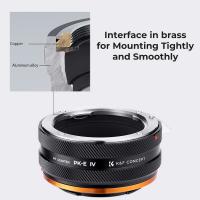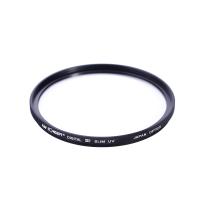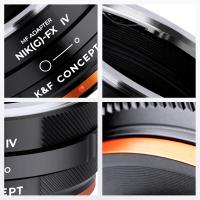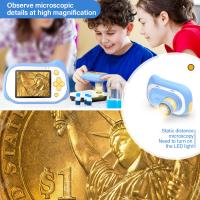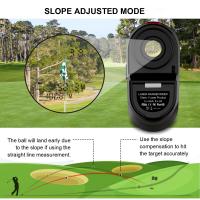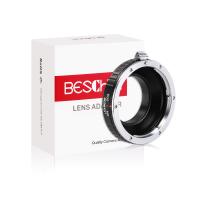What Is Rangefinder Alignment ?
Rangefinder alignment is a process used in photography to ensure that the rangefinder mechanism of a camera is properly calibrated and accurately measures the distance between the camera and the subject being photographed. This is important because the rangefinder is used to focus the camera lens, and if it is not properly aligned, the resulting images may be out of focus or blurry. Rangefinder alignment involves adjusting the position of the rangefinder prism or mirror so that it accurately reflects the image being viewed through the viewfinder. This is typically done by a trained technician using specialized tools and equipment. Proper rangefinder alignment is essential for achieving sharp, clear images and is particularly important in situations where precise focusing is required, such as in portrait or landscape photography.
1、 Optical Rangefinder Alignment
Rangefinder alignment is a process used to ensure that the optical rangefinder on a camera is properly calibrated and aligned with the camera's lens. This is important because if the rangefinder is not aligned correctly, the focus of the camera may be off, resulting in blurry or out-of-focus images.
Optical rangefinder alignment involves adjusting the rangefinder mechanism so that it accurately measures the distance between the camera and the subject. This is typically done by adjusting the position of the rangefinder prism or mirror, which reflects light from the subject onto the rangefinder mechanism.
In recent years, there has been a shift towards electronic rangefinders in digital cameras, which use sensors to measure distance rather than relying on optical mechanisms. However, even with electronic rangefinders, proper alignment is still important to ensure accurate focus.
Some cameras also have automatic rangefinder alignment systems, which use sensors to detect any misalignment and automatically adjust the rangefinder mechanism. This can be a useful feature for photographers who frequently change lenses or shoot in challenging lighting conditions.
Overall, rangefinder alignment is an important aspect of camera maintenance and can greatly improve the quality of your photographs.
2、 Laser Rangefinder Alignment
Rangefinder alignment refers to the process of ensuring that the rangefinder is accurately measuring the distance between two points. This is important in a variety of applications, including surveying, construction, and golfing. In the case of a laser rangefinder, alignment is particularly important because the laser beam must be precisely aimed at the target in order to obtain an accurate measurement.
Laser rangefinder alignment involves several steps. First, the user must ensure that the rangefinder is level and stable. This can be done using a tripod or other stabilizing device. Next, the user must aim the rangefinder at the target and adjust the focus to ensure that the laser beam is sharp and clear. Finally, the user must press the button to activate the laser and obtain a measurement.
Recent advancements in laser rangefinder technology have made alignment easier and more accurate. Some rangefinders now feature automatic alignment systems that use sensors to detect the position of the rangefinder and adjust the laser beam accordingly. This can save time and improve accuracy, particularly in situations where the user is working in low light or difficult terrain.
Overall, rangefinder alignment is an important aspect of using a laser rangefinder effectively. By ensuring that the rangefinder is properly aligned, users can obtain accurate measurements and improve the efficiency of their work.
3、 Infrared Rangefinder Alignment
Rangefinder alignment refers to the process of ensuring that the rangefinder on a camera is accurately calibrated to provide accurate distance measurements. Infrared rangefinder alignment is a specific type of rangefinder alignment that uses infrared light to measure distances.
Infrared rangefinder alignment is commonly used in cameras with rangefinders, such as Leica cameras. The rangefinder emits a beam of infrared light that is reflected off the subject and back to the camera. The camera then calculates the distance based on the time it takes for the light to travel to the subject and back.
Accurate rangefinder alignment is crucial for achieving sharp focus and accurate exposure in photography. If the rangefinder is not properly aligned, the camera may focus on the wrong part of the subject or provide incorrect exposure settings.
In recent years, there has been a shift towards using electronic viewfinders and autofocus systems in cameras, which do not rely on rangefinder alignment. However, rangefinder cameras remain popular among photographers who value the precision and tactile experience of manual focus and rangefinder alignment.
Overall, infrared rangefinder alignment is an important aspect of traditional rangefinder photography, and is still used by many photographers today.
4、 Ultrasonic Rangefinder Alignment
Ultrasonic Rangefinder Alignment is a process of aligning the rangefinder sensor with the target object using ultrasonic waves. This alignment is crucial for accurate distance measurement and positioning of the object. The rangefinder sensor emits ultrasonic waves towards the target object, and the waves bounce back to the sensor after hitting the object. The sensor then calculates the time taken for the waves to travel back and forth and uses this information to determine the distance between the sensor and the object.
The alignment process involves adjusting the position of the rangefinder sensor until the ultrasonic waves hit the target object at the desired angle and distance. This ensures that the waves bounce back to the sensor accurately, providing precise distance measurements. The alignment process can be done manually or automatically, depending on the type of rangefinder sensor being used.
In recent years, there has been a growing trend towards using advanced technologies such as machine learning and artificial intelligence to improve the accuracy and efficiency of ultrasonic rangefinder alignment. These technologies enable the sensor to learn and adapt to different environments and conditions, making it more reliable and accurate in its measurements. Additionally, the use of advanced algorithms and data processing techniques can help to reduce errors and improve the overall performance of the rangefinder sensor.










